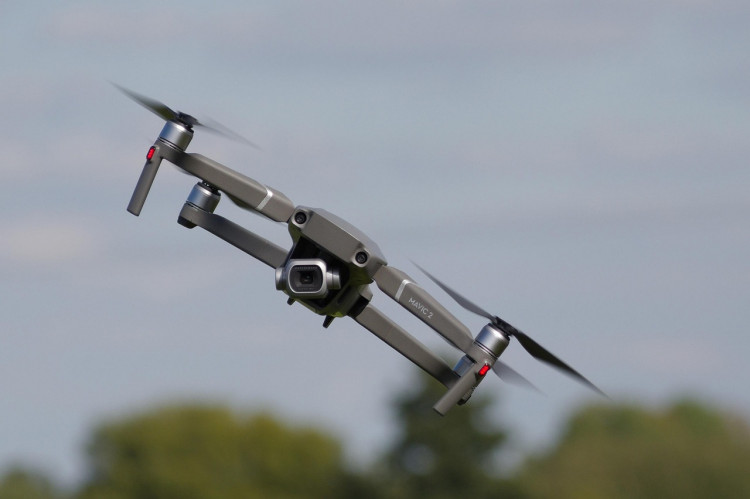The British military has successfully tested a new radiofrequency weapon capable of neutralizing drone swarms, marking what officials called the largest counter-drone exercise in U.K. Army history. The trial, held at a weapons range in Wales, saw the RFDEW (Radio Frequency Directed Energy Weapon) system defeat more than 100 drones in a single exercise.
Developed by Thales UK in collaboration with the Ministry of Defence and research partners, the RFDEW-nicknamed "RapidDestroyer"-uses high-frequency radio waves to disable a drone's internal electronics, causing it to crash or malfunction. The MoD said the system demonstrated the ability to "neutralize multiple targets simultaneously with near-instant effect" and has been underpinned by a £40 million investment.
The government said RFDEW systems offer a highly cost-effective solution for layered air defense, with each burst of radio energy costing roughly £0.10 ($0.13), compared to traditional missile-based systems that can cost up to £1 million per launch. The current version of the system operates effectively within a one-kilometer range and is being developed to increase its reach.
"Drone swarms are increasingly seen in use in frontline combat in Ukraine," the MoD stated. "U.K. Defense Intelligence estimates that last year Ukraine had to defend against attacks from more than 18,000 drones." A defense source confirmed the system could be deployed to Ukraine, calling it a potential "game changer."
Sergeant Mayers, a Royal Artillery gunner who participated in the trial, said the prototype "was quick to learn and easy to use," adding, "With improvements on range and power, which could come with further development, this would be a great asset to layered air defence."
The test coincided with a broader increase in U.K. defense spending, including a pledge to devote 10% of future procurement budgets to so-called "novel technologies." Maria Eagle, the Minister for Defence Procurement, called the demonstration "a testament to the strength of British innovation," driven by partnerships between the MoD, academia, and industry.
Though the RFDEW is still vehicle-mounted, future iterations could be miniaturized for broader deployment, including potential mounting on warships and at civilian airports. Questions remain about its effectiveness against next-generation threats, such as fiber-optic drones used by Russia and Ukraine, which do not emit radio signals and are resistant to conventional jamming.






